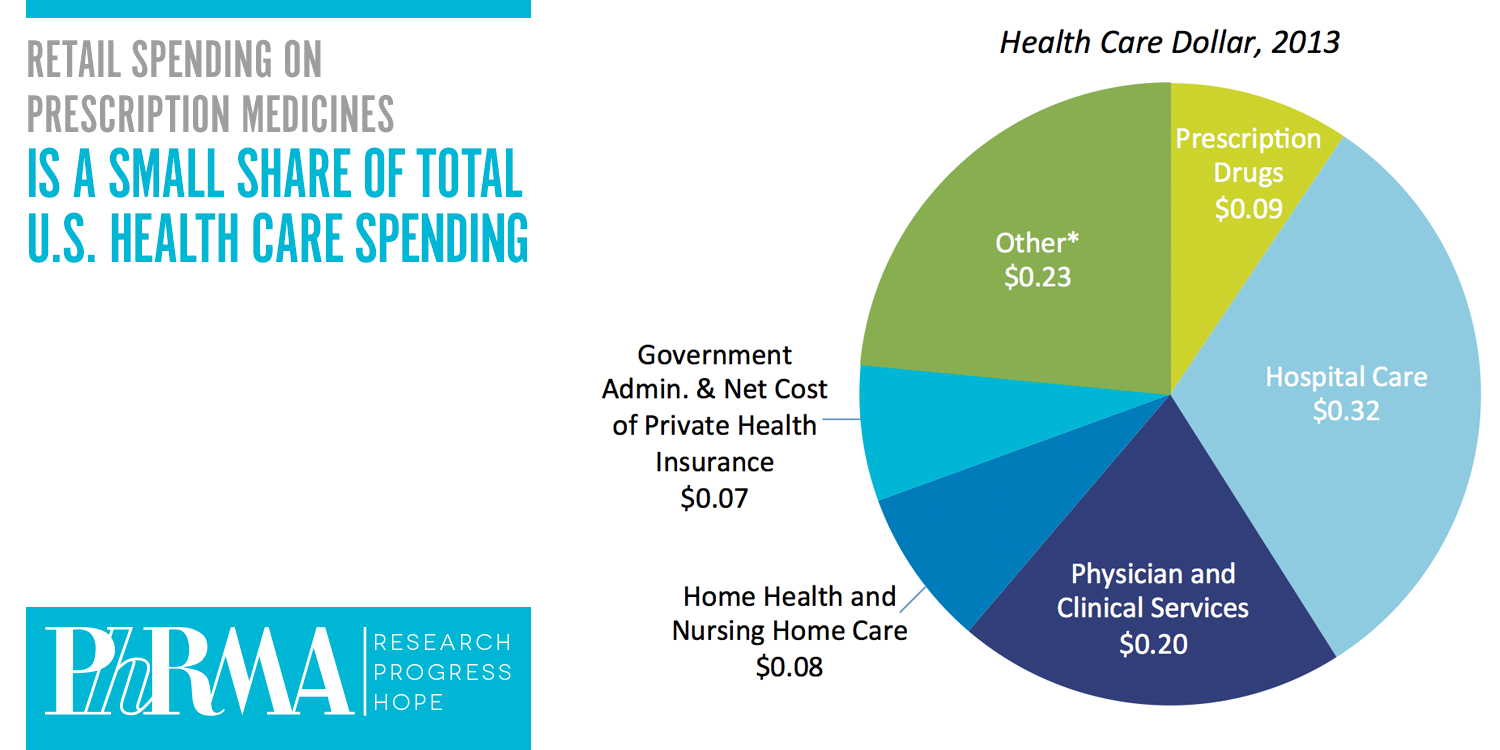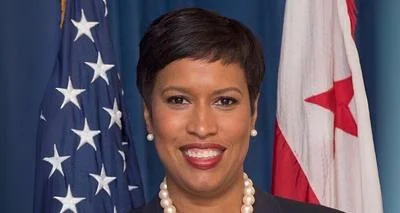An article posted Friday on phRMA’s blog, Catalyst, shares five key facts about prescription drug spending in the United States.
Robert Zirkelbach writes that retail prescription medicines have consistently accounted for 10 percent of U.S. health care spending and federal actuaries predict this will remain stable in the next decade.
Retail prescription medicines have also helped control health care system costs by reducing spending on expensive long-term care and hospitalizations, said Zirkelbach, who suggests that discussions about prescription drug spending consider the following facts:
1. Government data shows that retail prescription medicines will continue to account for 10 percent of U.S. health care spending throughout the next 10 years.
2. Last year was an unusual year because approximately 10 million uninsured patients received coverage, and a record number of new medicines were approved.
3. The Express Scripts drug trend report's projection of $4 billion in prescription savings focuses on a small subset of medicines and excludes rebates from its calculations, and therefore does not tell the full story.
4. Medicines can play a crucial part in curbing future health care costs. For example, prescription spending by patients with high blood pressure, congestive heart failure, high cholesterol and diabetes generated $3 to $10 in savings on emergency room visits and hospitalizations.
5. Medicines help patients live healthier, longer lives. For example, new hepatitis C therapies have cure rates over 90 percent, and the cancer death rate has fallen 22 percent since 1991.













 Alerts Sign-up
Alerts Sign-up